- Home
- Holiday Ideas
-
-
- Choose Your Traveling Theme
-
- Adventure Tourism
-
- Cultural Tourism
-
- Tour Packages
-
-
- Packages by State
-
- Holidays by Interest
-
- Popular Tour Packages
-
- Fair And Festivals
-
- Ayurveda And Yoga
-
- Offers
-
- Destinations
-
Vadodara
(Cultural capital of Gujarat)
Vadodara
Speckled with gorgeous palaces, grand monuments and historical temples, the traditional city of Vadodara (earlier Baroda) is stretched along the banks of the Vishwamitri river. Vadodara is renowned everywhere the planet for the awe-inspiring Statue of Unity, the tallest of its kind within the world, that stands against a picturesque backdrop of Vindhya and Satpura mountains. Tourists would be delighted by the UNESCO World Heritage Site of Champaner-Pavagadh Archaeological Park, which may be a well-preserved Islamic pre-Mughal city. Deep dive into the culture of the town and explore its artistic heritage – from exquisite lacquerwork to beautiful beadwork, there’s tons on offer for shoppers. the town also boasts a busy and vibrant culinary scene and sampling delicacies like kansaar (a dessert), khandvi (a savoury prepared with mustard seeds, sesame seeds, coriander etc.) and makai chevada (a snack made with corn cobs) may be a delightful experience.
...Vadodara was originally called Vadapradaka, meaning a village amidst banyan trees. That human habitation reached here during the prehistoric times is clear from the archaeological findings. the town has been under the patronage of Imperial Guptas, Chalukyas, Rashtrakutas, Solankis, Delhi Sultans, Mughals and Marathas, all of whom bestowed upon it architectural riches. The credit for the present-day city are often attributed to social-reformer, art-architecture-music patron Maharaja Sayajirao Gaekwad III. Vadodara is popularly recognised because the cultural capital of Gujarat and is believed to be the third-largest city within the state.
Read MoreHow to get there
By Air
The airport at Vadodara is connected with all major cities in India.
By Road
Good motorable roads connect Vadodara with major towns and cities in the country.
Rail
One of the busiest railway stations in Gujarat, Vadodara Junction is well-connected with most Indian towns and cities.
Attractions
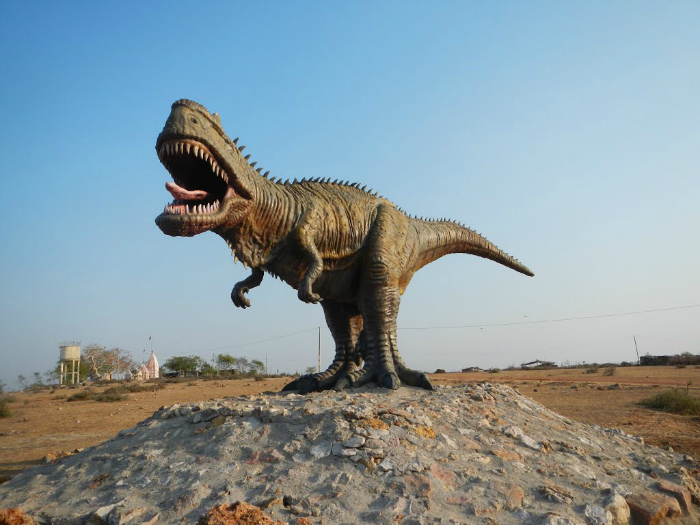
Balasinor
Situated around 100 km from Vadodara, Balasinor was earlier a princely state under the Babi dynasty. A visit here are going to be incomplete without a occupy the house of the royalty that has now been converted into a heritage homestay. Balasinor is additionally referred to as the Jurassic Park of India. The star here is that the remains of Rajasaurus Narmadensis, a carnivorous dinosaur of the Cretaceous that’s believed to possess roamed the Narmada region about 65 million years ago. it had been in Balasinor within the 1980s, during a daily geological survey of this mineral-rich area, that palaeontologists found dinosaur fossils and bones. Several excavations ever since have resulted within the discovery of bones, eggs and a skeleton (now on display at the Kolkata Museum). there’s a dinosaur fossil museum within the city, cover 70 acre that’s an absolute must-visit.
Bharuch
One of the oldest seaports within the western region of the country that has been operational since 1st century AD, Bharuch may be a riverside village. it’s here that River Narmada empties itself into the ocean . Located around 80 km from Vadodara, Bharuch apparently got its name from the temple here that Sage Bhrigu prayed at. the town has been mentioned during a few Jataka tales and may be a sacred pilgrim spot for Jains. Today, it’s considered to be one among the busiest industrial belts within the state. Well-connected by road to Vadodara, Bharuch may be a treasure trove of heritage and displays Gujarat’s culture during a beautiful manner. a number of the main attractions here include the Bharuch Fort, the temple Sage Bhrigu sat in, a Golden Bridge over River Narmada, and therefore the Jama Masjid. Bharuch Fort is found at a hilltop, overlooking the Narmada river with Jama Masjid at its base.
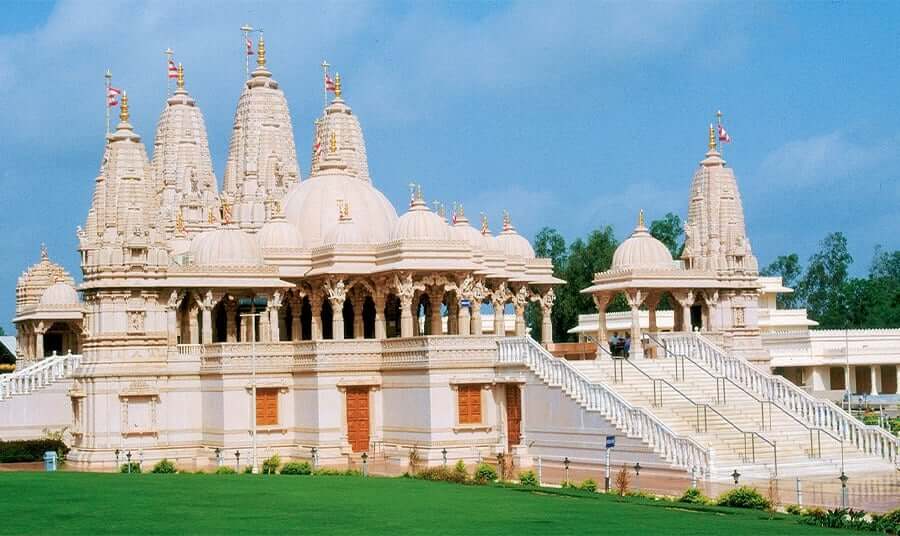
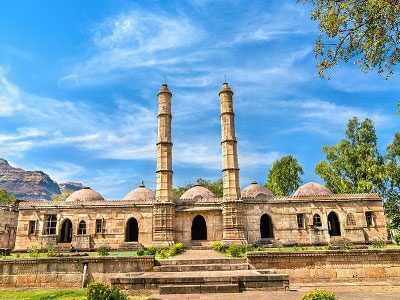
Champaner
The ancient city of Champaner, around 50 km from Vadodara, is best known for the Champaner-Pavagadh Archaeological Park, a delegated UNESCO World Heritage Site. to urge a peek into history, walk around this splendid site that’s a well-preserved Islamic pre-Mughal city. From archaeological and cultural sites to a hill fortress and therefore the remains of a capital city of Gujarat within the 16th century, there are many historical gems within the area. Champaner features a number of mosques, including the famous and luxurious Jama Masjid, Sahar Ki Masjid, Gumbai Ki Masjid, Kevasa Masjid and Nagina Masjid, most of which were made within the 15th century. The stunning fortress of Champaner is another must-visit site, which has earned a reputation for its blend of Hindu-Muslim architecture. There also are many well-preserved Hindu and Jain temples that are a sight to behold.
A great city of antiquity, Champaner once stood tall and proud. Re-discovered centuries later, it makes for a particularly fascinating visit for the history buffs. it had been once the capital city of Gujarat. Champaner was ruled over by several dynasties including Chauhan Rajputs, Marathas, Mughals and more till it saw decay.
Chandod
At the meeting point of Rivers Saraswati, Narmada and Orsang in Dabhoi taluka, stands the town of temples, Chandod. Renowned as a holy site, a dip here is taken into account to be very sacred. Located around 55 km from Vadodara, Chandod is home to the temples of Kashi Vishwanath and Mahadev. Chandod is usually mentioned as Dakshini Prayag due to the Triveni Sangam (the holy union of the three rivers). Along the bank of Narmada, there are six ghats one can visit. Most of those ghats are wont to perform death rituals consistent with Hindu tradition. one among the ghats is Mallharao that has 64 steps and is 60 ft wide. Named after the father-in-law of Ahilya Bai Holkar, the queen of Indore, the ghat was built with money said to possess been found under a sacred tulsi (basil) plant. Other prominent ghats here include Chakrapni, Yama, Harijan, Kapileshwar and Swami.
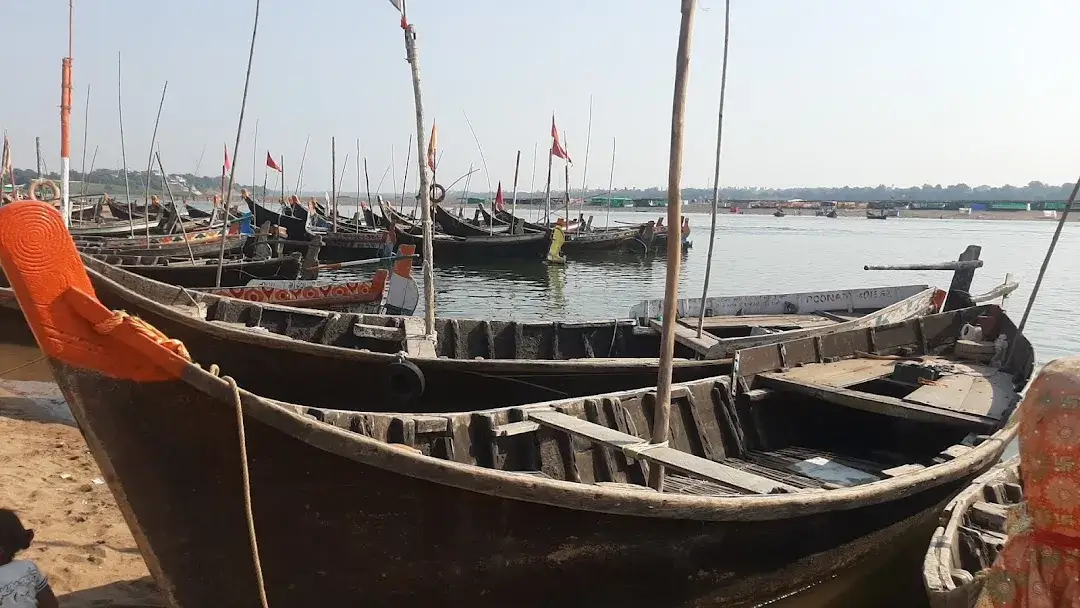
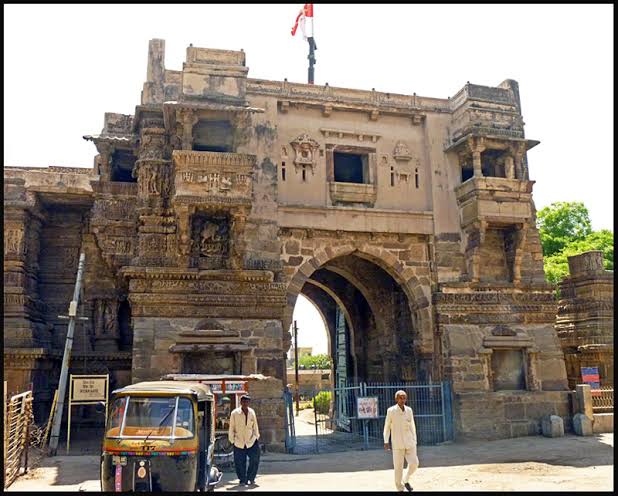
Dabhoi
Originally referred to as Darbhavati, the traditional fortified town of Dabhoi is critical for the Jain religion and finds mention within the scriptures of Girnar. With six temples including Sri Lodhan Parshvnath Temple, it’s a well-liked pilgrimage site of the Jains. Situated around 35 km from Vadodara, Dabhoi, with its stunning grandeur, was home to variety of Jain scholars and added to the Jain Granth Bhandar, a set of ancient Jain manuscripts. the most attraction during this ancient town is Dabhoi Fort that boasts beautiful and complex stone carvings and iconography on its walls and gates. In recent times, Dabhoi has also gained fame for its narrow-gauge railroad station , one among the most important and therefore the oldest in Asia.
Approximately 10 km from Dabhoi lie an irrigation reservoir and a wetland that aren't only a water source for the nearby villages but also a superb site for birdwatching. Here, one can spot species like stork, tern, ibis, spoonbill and more. there's an eco-tourism campsite also , best visited within the migratory season between October and March.
Kadia Dungar Caves
Located around 100 km from the town of Vadodara, the Kadia Dungar site has seven rock-cut caves also as monolithic lion pillars. a singular amalgamation of nature’s art and humans’ skills, the caves draw admirers from far and wide. it’s said that pointed tools were utilized in the development of the caves’ splendid layers. Believed to be a fragile artistic technique, the Buddhist architecture of the caves suggests that they were inbuilt the vihara style. it’s believed that the caves were in use between the first and 2nd centuries.
At the foothills of the caves, a brick stupa are often found. The caves and particularly , the stupa are believed to be sites of Buddhist pilgrimage; they're also used as venues for celebration of Buddhist festivals. Another monument to be visited is Ghodki Ghadiyal.
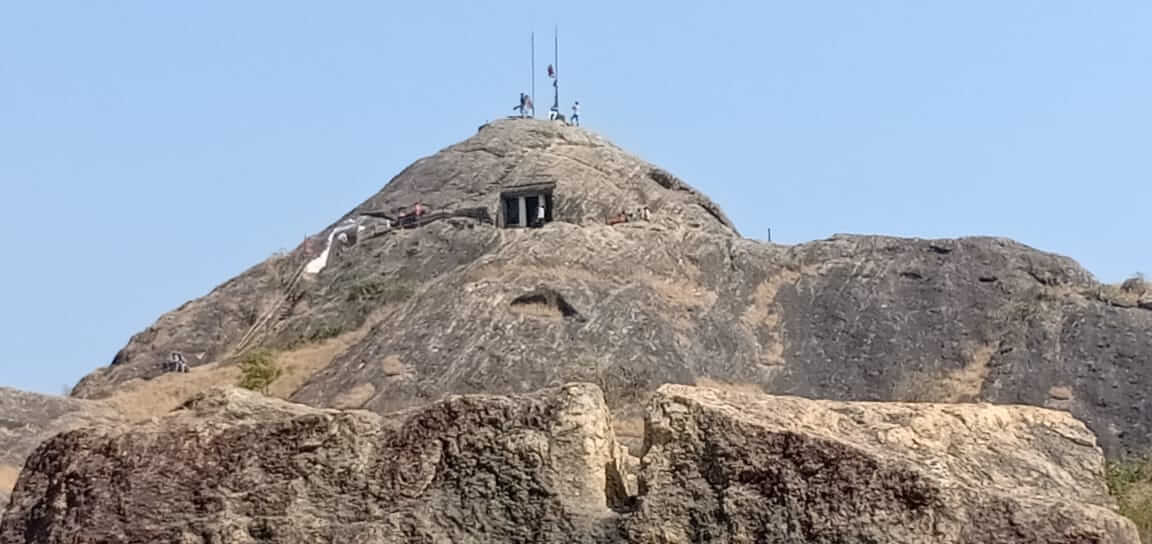
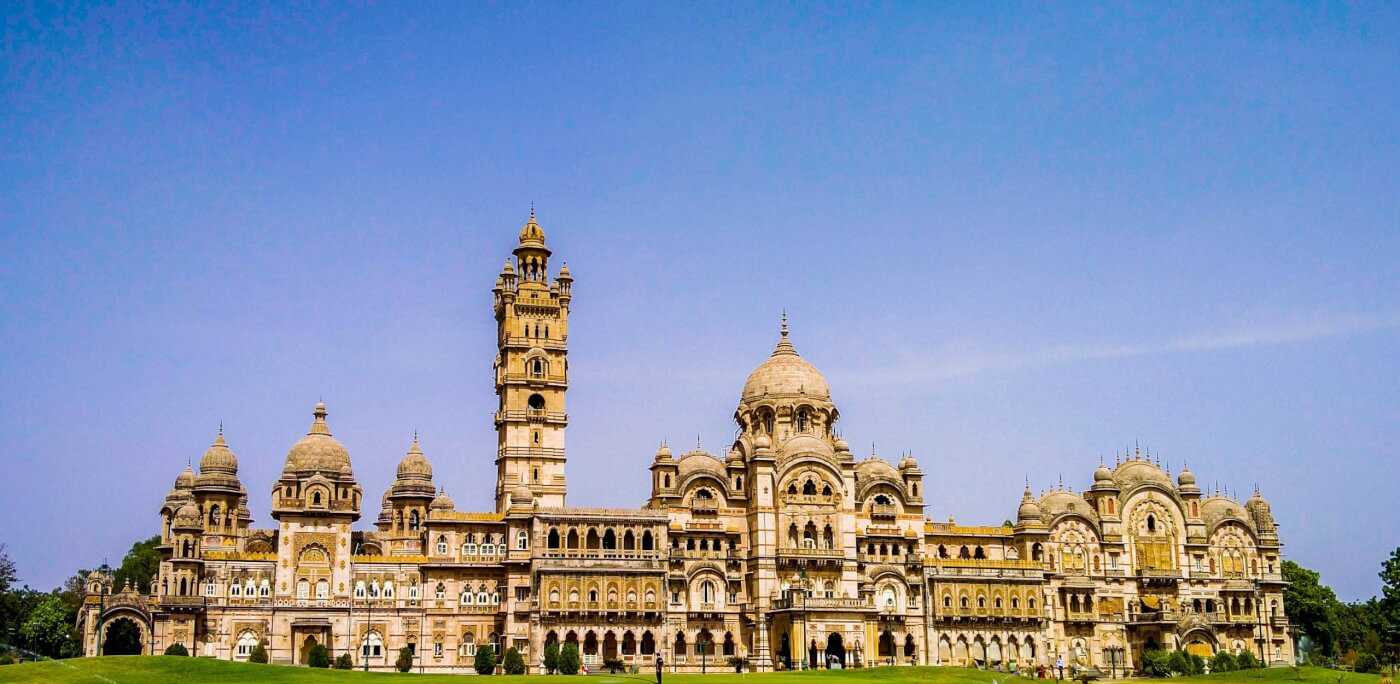
Lakshmi Vilas Palace
A gorgeous structure inbuilt the Indo-Saracenic style of architecture , Lakshmi Vilas Palace was constructed in 1890 by Maharaja Sayajirao Gaekwad III, the ruler of Baroda (1875-1939). The palace is cover a huge area of 500 acre and houses many architectural riches. The ornate Durbar Hall is probably the foremost attractive and acts as a venue for infrequent cultural events and music concerts. it’s adorned with Belgian glass windows, a Venetian mosaic floor and walls with intricate mosaic decorations. Outside the Durbar Hall is an Italian courtyard with pretty water fountains. Also housed inside the palace are remarkable collections of old armoury, bronze, marble and terracotta sculptures. The lawns and gardens of the palace also are noteworthy and were landscaped and directed by William Goldring, who was also liable for the royal botanical gardens.
Other attractions inside the palace are Maharaja Fateh Singh Museum and Moti Baug Palace. it's said that Major Charles Mant was the architect of this magnificent palace.
The Moti Bagh cricket ground lies right next to the museum, along side the offices of the Baroda Cricket Association. The complex also has Navlakhi Vav, a step well dating back to 1405 AD. Audio tours and guided tours of the palace are available for visitors.
Makarpura Palace
Built in an Italian sort of architecture, Makarpura Palace may be a gorgeous structure that when served because the summer home of the Gaekwad royalty . it had been commissioned by Maharaja Khendarao Gaekwad II and its construction was completed in 1870. it’s said that the Maharaja spent tons of your time here on his hunting trips. The palace may be a three-storey structure that’s divided into two parts and has quite 100 ornate brick rooms, along side frame-arch balconies and wooden staircases. The highlight of the palace is its Japanese-style 130-acre garden. Designed by William Goldring, the architect of the royal botanical gardens, the garden at the palace was named Kew and had a swimming bath and a lake with swans. there have been ivory fountains also that were activated to welcome the king whenever he came to go to the palace.
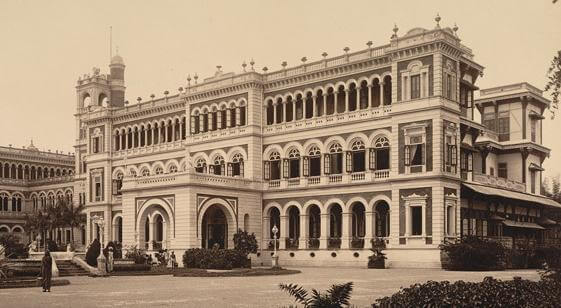
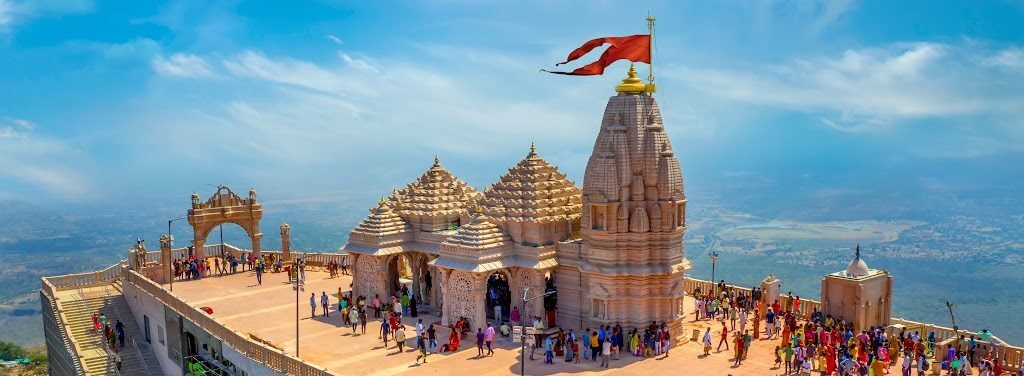
Pavagadh
The hill station of Pavagadh is found about 46 km from Vadodara and is best known for the Mahakali Temple. Dedicated to the Goddess Kali, the temple is believed to possess been built somewhere between the 10th and 11th centuries. It holds large fortifications and an open square ahead of it for crowds to collect . There are two altars within the premises and an array of lights and diyas are lit during festivals. the most shrine of Kalika Mata within the inner sanctum is painted in bright red; other idols which will be found within the temple include Mahakali and yantras of Bahuchara. The Machi Haveli, nearby, is employed as a resting spot by pilgrims. Pavagadh town, aside from the temple, features a ruined fort, a palace, a middle fort and thereafter, an upper fort crammed with Hindu and Jain temples. The walls of the fort, built by the Solanki rulers, still stand tall amid ruins.
Sikandar Shah’s Tomb, Halol
Located on the outskirts of Vadodara is that the historical site of Sikandar Shah’s Tomb. Sikander Shah was the ruler of Champaner and was assassinated in 1526 AD. He was later buried at Halol beside two of his brothers. The mausoleum where his tomb lies was built by Sultan Bahadur Shah of Gujarat. With simple fluted domes, the tomb is formed in sandstone and is taken into account a masterpiece of architectural craftsmanship. The single-storeyed mausoleum has seven domes – two central and five smaller. it’s been built on an elevated plinth within the Ahmedabad sort of architecture. the inside is adorned with intricate floral patterns and geometric designs, especially on the pillars. The small, fluted capolas (a rounded dome) still stand here albeit the central domes have crumbled. A chamber at the mausoleum also houses the graves of Bahadur Shah’s two brothers – Nasir and Latif, who also died within the same year.
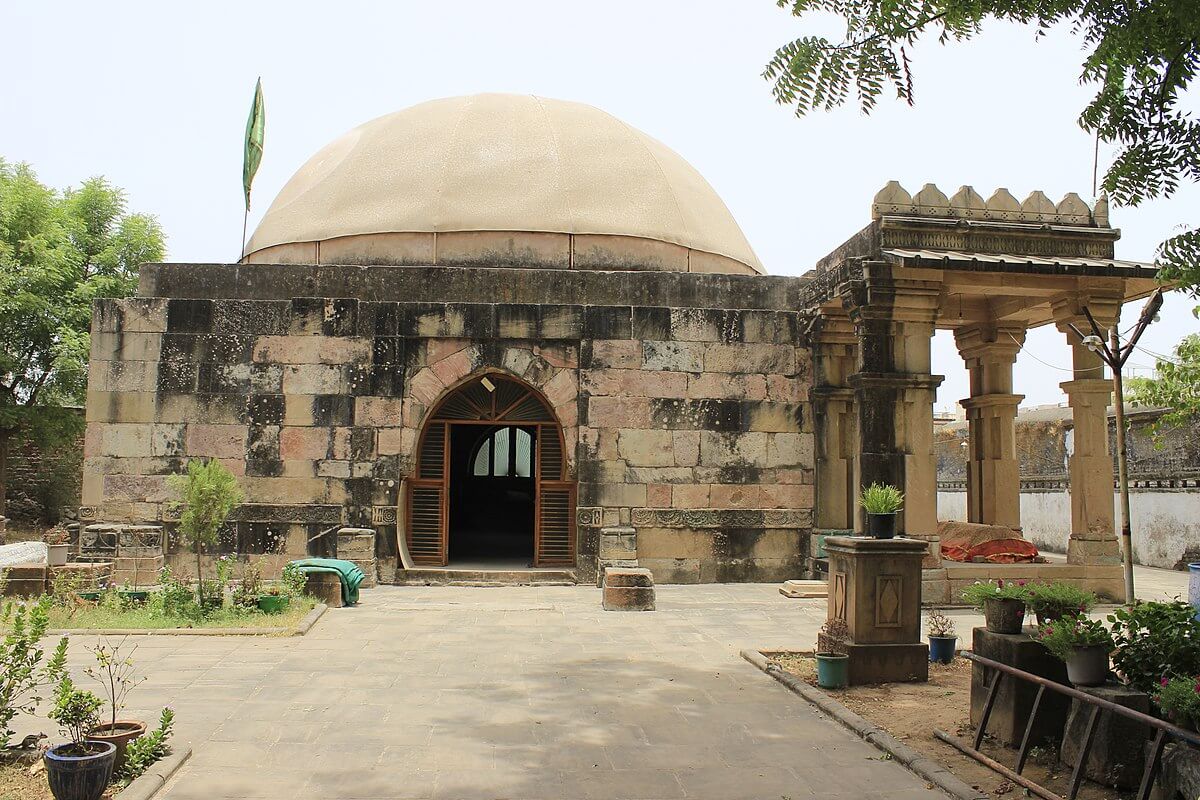
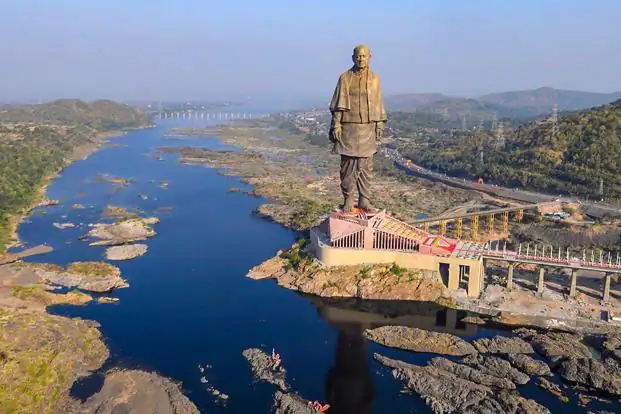
Statue of Unity
It’s huge, almost gigantic! that’s the primary reaction most of the people have as they speed down the winding road resulting in the towering Statue of Unity (SoU). an extended bridge connects the mainland to the Sadhu Bet Island, on which the statue stands. Silhouetted against the encompassing Vindhya and Satpura mountain ranges, the colossal statue almost seems to pierce the skyline.
The legacy of Sardar Vallabhbhai Patel, India’s Iron Man, lives on within the sort of this massive statue dominating the Narmada basin .
He towers over the landscape, as if, keeping an eye fixed over the land he helped become independent. Standing at a height of 182 m, the Statue of Unity, is that the tallest within the world. It depicts Sardar Patel during a walking pose, clad in his characteristic simple attire. About 100 times the peak of a five-and-a-half-ft-tall person, one can see the statue from as distant as 8 km. The SoU was inaugurated on October 31, 2018, by Prime Minister Narendra Modi to commemorate Patel’s 143rd birth anniversary.
The statue has been built on a star-shaped geometric base that covers the whole Sadhu Hill. it's a viewing gallery at 135 m, at the statue’s chest level, which will be reached via two high-speed elevators. The gateway to the elevators is thru an exhibition gallery, during which you'll marvel at a model of the statue and an elaborate blueprint, among other exhibits. The elevators travel 150 m in half a moment and may carry 26 people at just one occasion . From the viewing gallery, reinforced with steel grids, you'll absorb the breathtaking views of the environment and of the Sardar Sarovar reservoir at a distance. Interestingly, it’s not just the statue that throws light on Patel’s life and achievements, but also a spectacular laser show, which talks intimately about the statesman’s life. It traces the lifetime of Patel and talks about why the statue has been erected in his honour. The show also outlines the leader’s contribution to the state . However, what really fascinates are the realistic projections that show Patel in several phases of his life: during a lawyer’s garb, images from his ‘Bharat Chodo’ movement (asking British to go away India) and in his characteristic kurta pajama.
Constructed by engineering giant Larsen and Toubro, SoU was inbuilt a record time of 33 months. it's 177 ft taller than China’s Spring Temple Buddha statue (the second tallest within the world), which took 11 years to create . The SoU comprises two semi-joined, composite concrete cylindrical cores surrounded by a steel space frame to support the external cladding. The face of the statue is especially noteworthy and 93-year-old sculptor Ram Sutar has made it to possess a poised countenance. Patel’s head is held high together with his arms at his side, and therefore the leader is meant to seem to be walking on water towards the Sardar Sarovar Dam, together with his left leg placed slightly forward. it's said that deciding the right posture for the statue was a challenge. The engineers scanned around 2,000 photographs, and consulted several historians to settle on the ultimate picture. Finally, a 2-dimensional image was converted into a 3-dimensional model.
Sursagar Lake
Located at the guts of the town , Sursagar Lake may be a scenic and tranquil spot within the city. Bathed in moonlight, the lake looks spectacular. A concrete wall runs round the lake that’s used as a viewpoint by visitors. Rebuilt within the 18th century with stone banks and masonry, Sursagar Lake was earlier referred to as Chandan Talav. A 120-foot-tall statue of Lord Shiva, referred to as Sarveshwar Mahadev, was installed at this reservoir in 2002. it’s decorated with lights on the occasion of festivals like Shivratri. The lake is additionally an immersion point for idols when certain religious festivals are concluded. Boating facilities are available here and you’ll always enjoy an off-the-cuff stroll within the pleasant atmosphere.
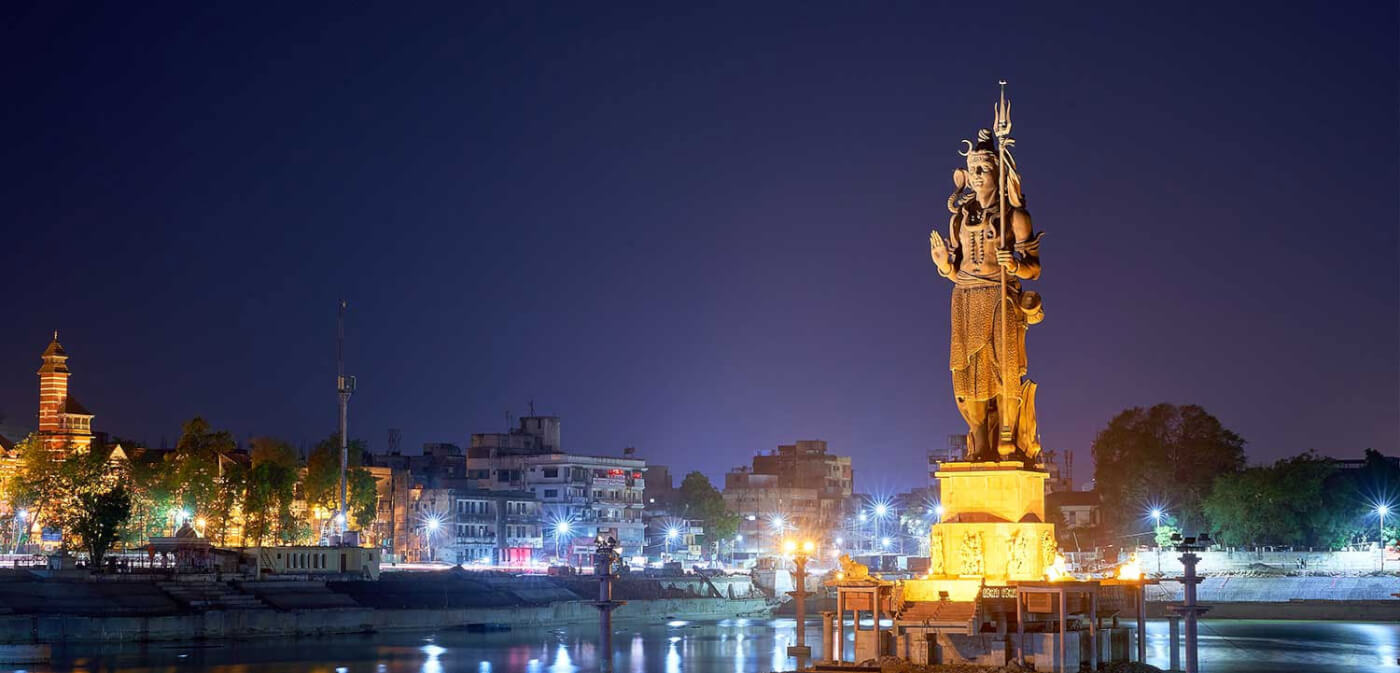
WANT TO RENT A CAR IN INDIA ?
Choose Your Traveling Theme

 TOUR BOOKING
TOUR BOOKING















